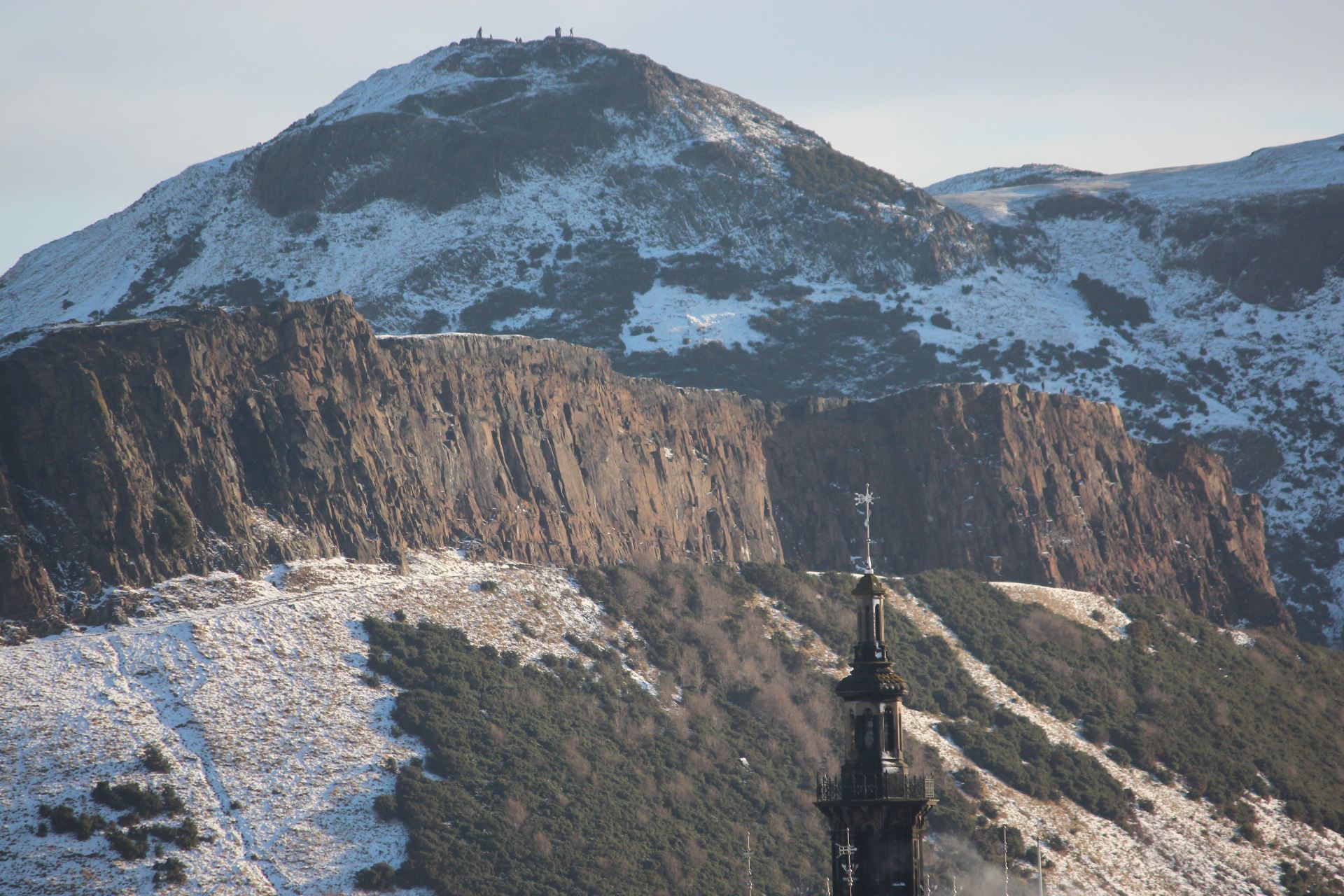Gas explosions and the Pike River coal mine disaster.
29 miners were killed recently either as a direct result of a methane gas explosion or its aftermath. Why do some gas air mixtures combust explosively.
In the science laboratory you should be familiar with the “pop test” for hydrogen. The” pop” is caused as the hydrogen in a test tube explodes when a lit match is placed under it. Have you noticed that sometimes there is no explosion or only a gentle noise. The full explosion is only observed when the hydrogen air mixture is just right.
What about the science?
For combustion to take place you need a fuel and air. In the case of gasses there are a number of possibilities.
- There is insufficient fuel in the mixture for combustion to occur
- There is insufficient oxygen present to allow combustion to take place
- The fuel/air mixture allows the fuel present to combust explosively.
The mixture that has just enough fuel to burn is known as the lower explosion limit. The mixture that has just enough oxygen present to combust is known as the upper explosion limit. Gas air mixtures between these limits will explode if there is a source of ignition.
The lower explosion limit for methane one of the gasses found in mines is 5% and the upper limit is 15%. This is why ventillation in a mine is so importan. Once the lower explosion limit is reached it only takes a hot surface to cause ignition of the gas and an explosion.
In the experiment demonstrated the fuel used to cause an explosion is hydrogen.
- The can has two holes in it. Why do you think the hydrogen burns for a while before exploding?
- Why do you think there might have been a sequence of explosions in the Pike River mine?
- It has been reported that the safest time to have entered the mine would have been during the two hours immediately after the original explosion. Does this make sense?
- How would you make the mine safe for people to enter?
- Is coal mining on the west coast too dangerous?
- Should we be conserving the environment and limiting green house gas emissions?
